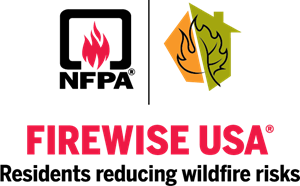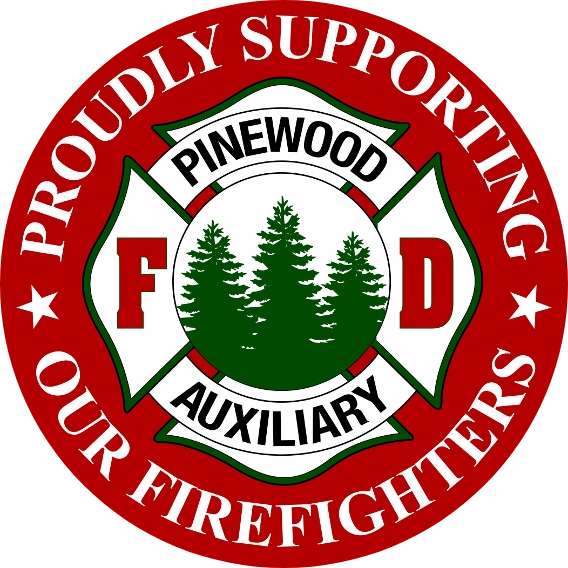Every year, devastating wildfires burn across the United States.
At the same time, a growing number of people are living where wildfires are a real risk. While these fires will continue to happen, there are things you can do to protect your home and neighborhood as well as your family’s safety. The Firewise USA® program is here to help you get started.

Munds Park’s surrounding Forest enhances the beauty and solitude of this tranquil community but also adds a high threat of destruction from a wildfire. In, 2010 a group of dedicated community members organized to form an alliance against this threat. This group opted to pursue achieving FIREWISE Communities USA status.
FIREWISE Communities USA is a national organization that is dedicated to reducing the danger from wildfires to communities throughout the United States. Munds Park achieved this status in 2011. The Munds Park Firewise Community has developed a plan that will significantly reduce the potential of wildfire once it is completed.
This plan is updated annually and will need community support and compliance to be completed.
Firewise Interactive Fire Map
What is the Home Ignition Zone?
The concept of the home ignition zone was developed by retired USDA Forest Service fire scientist Jack Cohen in the late 1990s, following some breakthrough experimental research into how homes ignite due to the effects of radiant heat. The HIZ is divided into three zones.

Immediate zone
The home and the area 0-5’ from the furthest attached exterior point of the home; defined as a non-combustible area. Science tells us this is the most important zone to take immediate action on as it is the most vulnerable to embers. START WITH THE HOUSE ITSELF then move into the landscaping section of the Immediate Zone.
- Clean roofs and gutters of dead leaves, debris and pine needles that could catch embers.
- Replace or repair any loose or missing shingles or roof tiles to prevent ember penetration.
- Reduce embers that could pass through vents in the eaves by installing 1/8 inch metal mesh screening.
- Clean debris from exterior attic vents and install 1/8 inch metal mesh screening to reduce embers.
- Repair or replace damaged or loose window screens and any broken windows Screen or box-in areas below patios and decks with wire mesh to prevent debris and combustible materials from accumulating.
- Move any flammable material away from wall exteriors – mulch, flammable plants, leaves and needles, firewood piles – anything that can burn. Remove anything stored underneath decks or porches.
Intermediate zone
5-30’ from the furthest exterior point of the home. Landscaping/hardscaping- employing careful landscaping or creating breaks that can help influence and decrease fire behavior
- Clear vegetation from under large stationary propane tanks.
- Create fuel breaks with driveways, walkways/paths, patios, and decks.
- Keep lawns and native grasses mowed to a height of four inches.
- Remove ladder fuels (vegetation under trees) so a surface fire cannot reach the crowns. Prune trees up to six to ten feet from the ground; for shorter trees do not exceed 1/3 of the overall tree height.
- Space trees to have a minimum of eighteen feet between crowns with the distance increasing with the percentage of slope.
- Tree placement should be planned to ensure the mature canopy is no closer than ten feet to the edge of the structure.
- Tree and shrubs in this zone should be limited to small clusters of a few each to break up the continuity of the vegetation across the landscape.
